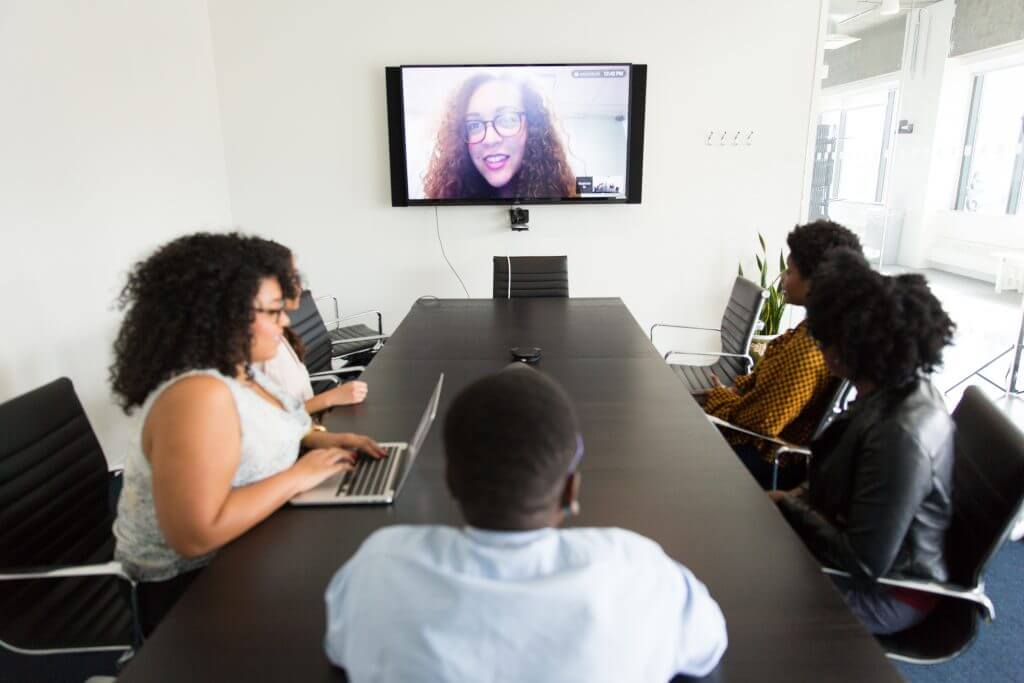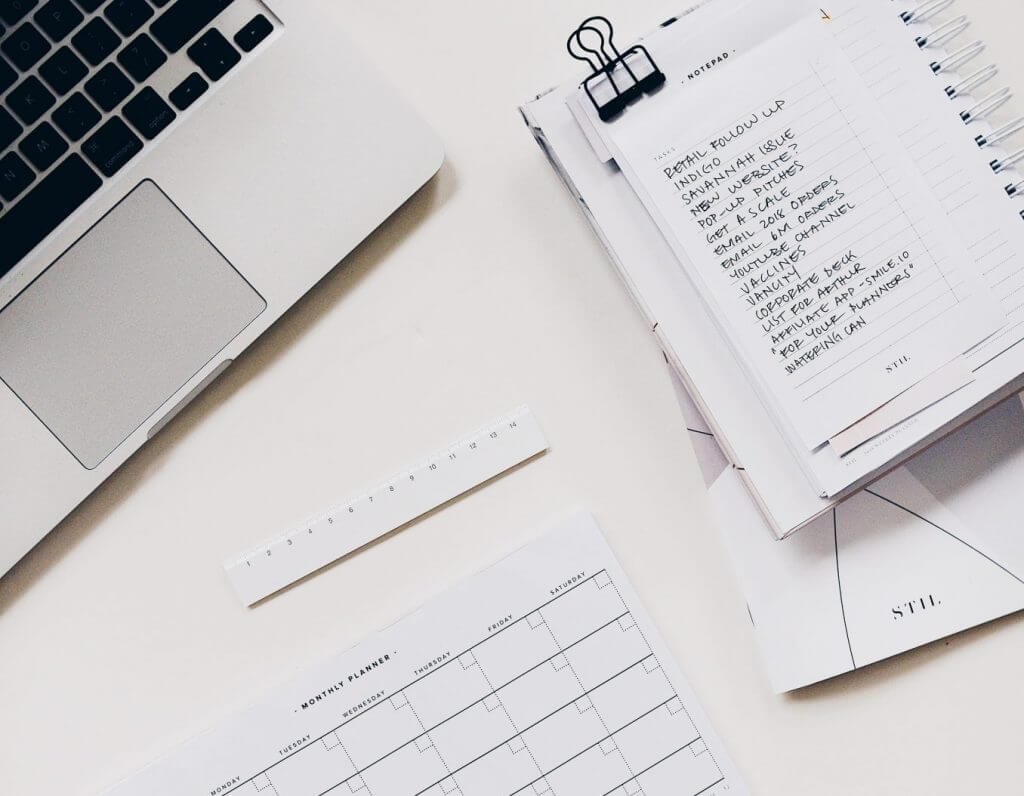The Ultimate Meeting Planning Checklist for a Productive Event

Struggling with unproductive business meetings? Or perhaps you’re planning your first meeting and don’t know where to start? We know that most of these types of events can seem dull and pointless, leaving you questioning their purpose. But it doesn’t have to be like that! We’ve got the solution to transform your meetings into morale-boosting, potential-unleashing events – our foolproof meeting planning checklist!
Our 12-point checklist covers all the essential tips that can turn every meeting into a productive event. With these tips in your toolkit, you’ll revolutionise your meeting planning process and reap the rewards of well-structured, engaging gatherings!
- A guide to planning a successful and productive meeting
- Step 1: Decide if the meeting is truly necessary
- Step 2: Determine the purpose of the meeting
- Step 3: Create an agenda
- Step 4: Select the date and time
- Step 5: Create a meeting attendee list
- Step 6: Choose a venue
- Step 7: Decide on the equipment
- Step 8: Decide on seating and layout
- Step 9: Send out invitations
- Step 10: Choose the meeting’s host
- Step 11: Assign roles and delegate
- After the meeting
- Summing It All Up
- FAQ
A guide to planning a successful and productive meeting
Step 1: Decide if the meeting is truly necessary

While meetings are valuable, they can also be time-consuming. That’s why we always suggest you start your planning by asking yourself if a meeting is truly necessary. If the matter can be handled in a quicker or less formal manner, opt for less occupying alternatives. Sometimes smaller meetups, video conferences, or email memos can save time without sacrificing communication, and your colleagues will appreciate that you respect their time.
Step 2: Determine the purpose of the meeting

Once you decide that you can’t go without having a meeting, you need to figure out its purpose. What do you want to accomplish?
Having a purposeful vision will help you plan the meeting and also execute it without wasting time.
If you are having trouble determining the goal, here are ten of the most common reasons for a meeting:
- Progress update
- Review and assessment
- Planning
- Team building
- Problem-Solving
- Training
- Innovation/brainstorm
- Information
- Decision making
- Problem-solving
Although many of these reasons seem quite similar, we also know that each meeting is unique and should be planned to suit its specific purpose and needs.
Step 3: Create an agenda

We know that meetings can easily stray off course. That’s why you need to create an agenda that lists all of the major points that you must get to address and those sub-points that may be okay to skip if you end up being strapped for time. A great agenda will also include the timetable so that everyone who’s attending knows what to expect.
Moreover, creating an agenda will help you plan the next steps involved in organising your meeting.
Step 4: Select the date and time

Choosing the perfect date and time for your meeting can make all the difference in its success.
To ensure maximum attendance and engagement, consider your team’s availability and aim for a time that suits everyone. Additionally, keep in mind any potential holidays or events that may conflict with your chosen date.
To make scheduling a breeze, use tools like Doodle or Calendly to find a time that works for everyone. Remember, a thoughtfully chosen date and time can create a positive atmosphere, leading to a productive and enjoyable meeting for all!
Step 5: Create a meeting attendee list

Determine the key personnel who should be at the meeting and work with them to make sure they can fit it into their schedules. Remember, you don’t have to invite the whole company if it isn’t necessary – a representative from each team will be enough.
Step 6: Choose a venue

The benefits of hiring a venue are numerous. Apart from providing ample space, much-needed privacy, and a fresh environment that encourages productivity, they can also help you in the preparation and organisation of the nitty-gritty details. If you decide to go with a venue outside of your office, check out Tagvenue to find the perfect site for your meeting!
Pro tip: When looking for the perfect spot, make sure to carefully consider the venue’s location. It should be convenient, and ideally, not too far from your workplace. This will send a good signal to the meeting’s participants that you value their time and don’t want to inconvenience them too much!
Step 7: Decide on the equipment

Take some time to decide what type of equipment you need to make the most of the meeting. Once you have a list of your must-haves, ensure that the venue that has caught your eye provides everything you need. At this point, you should also ask the venue manager about any additional fees for using the equipment
If you’re hosting a meeting at your office, make sure to prepare/hire the equipment in advance so you can start the meeting on time.
Also, don’t forget to check that you have everything you need before the meeting starts, especially the tech!
For a better experience and to enhance productivity, you should also think about the meeting management software and any planning tools that you may need during your meeting.
Step 8: Decide on seating and layout

Seating and layout can significantly impact a meeting. That’s why you need to tailor the arrangement to your group’s needs and the meeting’s purpose. When determining the best seating arrangement, consider the requirements or preferences of your group, as well as the meeting’s purpose. Also, it will help you choose a great meeting room that provides ample space for the seating arrangement you will go for.
Step 9: Send out invitations

If it’s possible, invite everyone to a meeting at least one week in advance so that everyone can prepare. Make sure that the invitations include all the necessary information such as the date, time, agenda and any pre-meeting readings or reports that may be relevant for them to have prior to the meeting.
This will cut down on the number of emails you’ll have to send and will help people avoid missing out on important information.
Step 10: Choose the meeting’s host

Clear leadership is an essential part of any group meeting. Make sure to have a focused leader or leadership group in charge of the meeting who will be responsible for keeping the whole team on track during the meeting and making sure that every key point is discussed.
Be careful not to be overbearing when keeping order, and allow a free flow of discussion in between and around important topics while gently guiding the direction of the meeting as needed.
Step 11: Assign roles and delegate

To have a better meeting flow, make sure to assign roles and delegate tasks. You can use this opportunity to delegate some tasks to those who need the experience; they will have a chance to grow, and you will get to see them develop their leadership skills.
After the meeting
Step 12: Send out a summary of the meeting

Write up a general takeaway and summary of the meeting and send it out to each attendee. You should also include anyone who missed the meeting on the distribution list. Send out specific briefs to all relevant departments. If applicable, include a to-do list and action memo specifying who is responsible for each item. A general follow-up will help everyone remain on the same page and maintain an open flow of information.
If an outside party was involved in the meeting, reach out to them and see what their thoughts were and ask if they have any questions about the meeting.
Summing It All Up
With the right planning and execution, meetings can become productive and engaging events that drive success. By following our meeting planning checklist, you’ll definitely be able to host a well-organised gathering where you can meet your objectives and satisfy all attendees.
Keep these tips in mind for your next event, and watch as your meetings transform into effective, enjoyable, and results-driven experiences for everyone involved!
Hungry for more expert tips? Make sure to check out our top 6 out of the box meeting ideas, stress-free meeting organisation tips and funny meeting themes that will help you host a productive and enjoyable event.
FAQ
How early should I start planning a meeting?
Great question! To ensure a successful meeting, it’s recommended to start planning as early as possible. Ideally, you should start planning the meeting at least 2-3 weeks in advance, depending on its complexity.
This will give you enough time to consider all the necessary elements, such as the purpose and goals of the meeting, the date and time that works for all participants, the agenda, any necessary materials, and follow up with participants before the meeting. However, if the meeting is more complex, involves more people, or requires more preparation, you may need to start planning even earlier. In any case, the earlier you start, the better!
What are the signs of an effective meeting?
There are several signs that indicate an effective meeting has taken place! The first is a productive discussion where participants are engaged and actively contributing to the conversation, because they feel comfortable sharing their ideas and opinions. Another indicator is that a decision has been taken – no matter if it’s a final decision or one to take a particular course of action. A positive atmosphere can also tell you that the meeting is effective as participants leave the meeting feeling energised and motivated to take action.
What should be included in the meeting agenda?
A meeting agenda should include the date, time, location, and duration of the meeting, as well as its objectives, and a breakdown of agenda items.
For each agenda item, provide specific discussion points and allocate time for discussion. Also, list action items and any follow-up needed after the meeting. Finally, if there’s any additional business to discuss, add it to the agenda. If you include all of these essential elements, you’ll create an effective and informative agenda that will help everyone look forward to the meeting.


